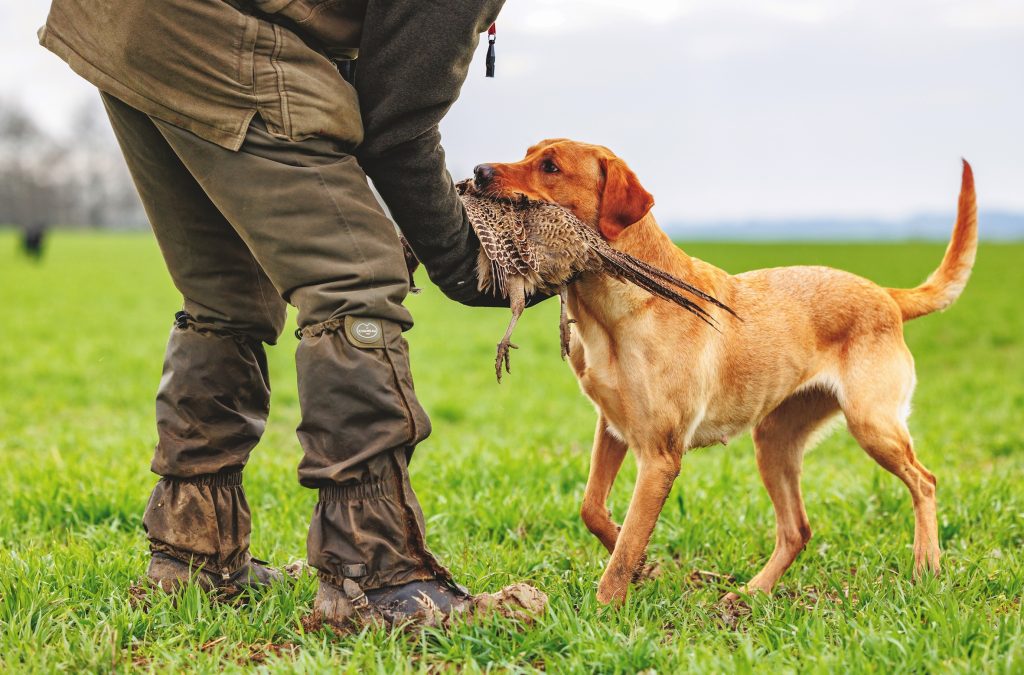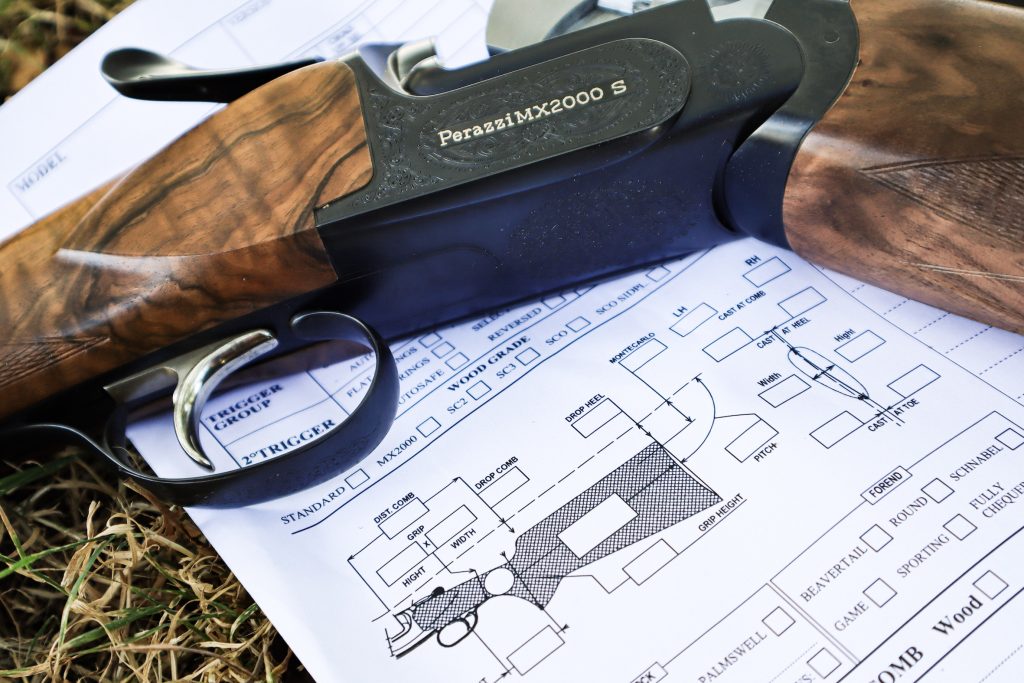A guide to buying secondhand guns
Whether you want to buy a secondhand over-and-under, side-by-side or semi-auto, Mike Yardley provides advice and explains the bargains to be had!
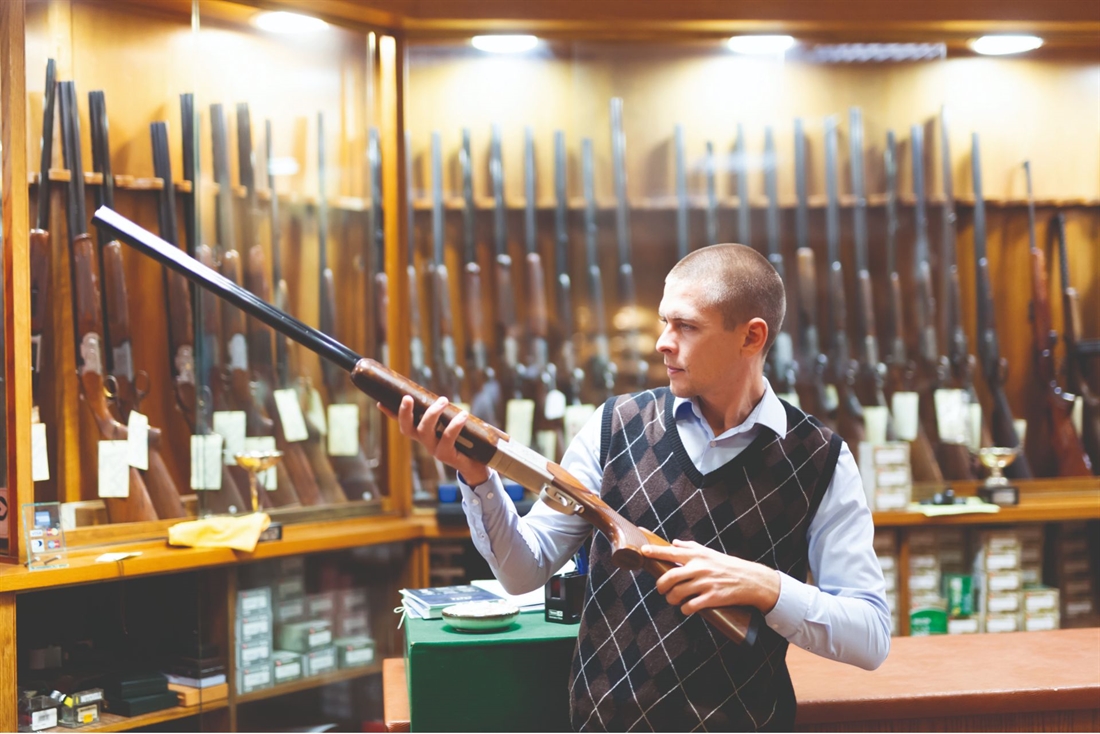
For this article, rather than test a new gun, I wanted to share with you my recent observation that there are some really excellent deals on the second-hand shelves at the moment. I wanted to discuss a few of my favourite guns, some of the bargains I’ve noted recently, and offer a clutch of simple tips on buying ‘pre-loved’.
My first bit of advice in the present market would be to go for something in as near to new condition (though it may be old) as you can. As with cars, condition is everything. Restricting yourself to stuff in really good condition reduces the risk of a lot of other potential issues. My second bit of practical advice is to be patient. Too often we buy guns in a hurry – and sometimes regret it later. My third practical tip is to shoot any gun before you buy it if possible (it won’t always be), unless you know the model inside out.
Why are there so many secondhand guns for sale right now?
I’ll return to some more buying tips shortly, but let me note that, sadly, I am hearing of more and more situations where people want to dispose of guns because of difficulty with licence renewals and consequent issues relating to storage. Some are just giving up because of rising costs and complications generally (certificates were about 5% down last year). This (tragedy) means quite a few guns are coming onto the market, and, as far as second-hand guns are concerned, it is definitely a buyer’s market now.
For example, I just bought (from a dealer friend) an as-new, boxed, Beretta 303. I’ve seen them
ranging in price up to about £650. It’s a gas-operated semi-auto and one of my favourite guns of all time regardless of action type. The 303 is soft in recoil and balances superbly with a 28″, 30″ or, indeed, a 32″ barrel. I once won a lot of competitions with a 32″ 303. I snapped up this nearly new one for 300 quid – a brilliant buy and everyone was happy.
A shooting pal, meantime, just got a fantastic deal from someone who was giving up the sport due to age and infirmity. He bought four guns for a great price. This included a not much used 30″ black action Beretta Super Sport 682. As some readers may remember, this was the model with a tapered, slightly raised, rib and some porting at the muzzles. It’s an excellent club competition tool still, as is any 682. I’ve also noted, moreover, that mint 682s in particular are developing a bit of a collector following now.
 Secondhand Berettas
Secondhand Berettas
Silver Pigeons at the right money are a great buy too. They used to be in very short supply. 12 or 20-bore, I’d go for a 30” gun in really good condition (you don’t need to buy anything else). Berettas are usually a sensible buy and hold their money better than almost anything else. Berettas have the advantage of easily replaceable bearing surfaces too – hinging studs/discs and bolt are available in several oversizes (but it’s a gunsmith’s job to fit them). Because they’re so serviceable (they’re still using some 680 parts in 690s) Berettas hold their value well.
Secondhand Brownings
I am equally fond of Brownings. My favourites in the current range are the 30″ 725 12-bore and the simply brilliant 32″ 20-bore 725. The laminated stock 525s shoot particularly well too – both the dedicated clay breakers and field models are excellent.
The Maxus semi-autos are really nice to shoot as are the Winchester SX3s and 4s which are particularly fast cycling as well. At the other end of the cycling scale, but still a wonderful old-school piece of kit, is the ‘double shuffle’ moving barrel, Browning inertia-operated A5 (once the wildfowler’s favourite). Their engineering and quality are
really outstanding.
The older, Japanese-manufactured Browning Citori, 325 and 425 over-and-unders are also really well-made solid machines too. Monobloc barrels came in halfway through the production of the 425; prior to that Browning over-and-unders had demi-bloc barrels like a Best London O/U (this is the over-and-under equivalent of chopper lump).
Browning bench-made B25s and 125s (similar guns assembled in Belgium from a Japanese-made kit of parts as opposed to the B25 which is entirely and traditionally made in Belgium) can offer some really good buys now, especially in the lower grade guns presenting in good condition (for example, the B25 A1 Trap). With the B25s I would advise checking that the action is tight AND I would have someone measure the barrels with a proper bore-micrometer if you can. They are lovely light barrels, but not quite as hardy as those on the mass-produced Japanese guns. Ribs can occasionally come loose on the Belgian bench-made guns too.
 Secondhand Mirokus
Secondhand Mirokus
Miroku guns out of the same BWM stable have always offered value, and used Mirokus offer some of the best bargains around today. As with older Brownings, you have to be a little careful. Mirokus, like Winchester 101-type guns, can come off the face of the action, and they are susceptible to fore-end cracks. They are marvellous and long-lasting guns nevertheless. Early Mirokus have shorter actions, and a few very early ones may be encountered with v springs powering the actions rather than coil springs that have since become ubiquitous.
Seondhand Fabarms
Fabarm is a much underrated maker as well. Their guns have the advantage of ‘Tri-bored’ barrels (a form of taper boring) and are generally well made and long lasting. They also make a useful 4-lump, reliably single-triggered side-by-side and an excellent, and rather under-rated, semi-auto. The latest version is the L4S, but the older XLRs were very good and particularly soft-recoiling.
Secondhand 20-bores
Generally, as will be evident to those who read my tests, I’ve a lot of time for 20-bore over-and-unders because of their handling qualities (much like 12-bore English Best guns of the Golden Age in their essential dynamics).
I particularly like the side-plated 30″ Rizzini and Guerini guns with solid ribs, they handle brilliantly, but most 30″ 20s weighing around 7lb handle well. I also like 32″ guns but they need just a little more muscular effort (like the 32″ 12s) to do their best work. You need to push them through a little more.
Secondhand side-by-sides
What about side-by-sides? Well, as I write I’ve just bought a new one (If you can call 1890ish new)! Boxlock English side-by-sides can be a fantastic bargain at the moment. Some sidelocks, especially those not carrying a famous name, may be exceptional value too. But, with old side-by-sides especially, caveat emptor (buyer beware). There are many more pitfalls to buying old side by sides than modern over-and-unders.
 What to watch out for when buying secondhand shotguns
What to watch out for when buying secondhand shotguns
Barrel test
To test if the barrels are tight on the action face of any gun, remove the fore-end on a proven empty gun, and rattle them – it’ll soon be obvious. There should be no movement between action and barrel with the barrels bolted.
Another thing to watch for on older Mirokus and Brownings is bore rusting. Later guns (from about 1995) have hard chrome-plated barrels – a feature well worth having. Another feature I like on the recent guns are the longer Invector Plus chokes, and arguably even better, the DS (Double Seal) chokes on the 725 range. These have a copper gas seal to the rear which prevents gasses entering the space between the choke and barrel wall (and ensures cleaner chokes).
You MUST have the barrels measured (and don’t buy a gun with thin barrels – you don’t need to). You must check the barrels for dents too. You must check minutely to see if the stock is cracked (look especially at the grip area). Replacing barrels, butts and fore-ends is enormously expensive now (even springs are costly).
So, my advice is buy nothing in anything less than great condition. Check barrels are on the face too as discussed above. Loose barrels are not a red light ‘no buy’ like thin barrels or broken stock but the cost of repair, and the bother of it, must be factored into your decision.
Mechanics
On any gun, and older side-by-sides especially, if you don’t feel really confident about the mechanical condition, get the gun assessed by a professional gunsmith (and offer him something for his trouble). I would avoid on principle English side-by-sides with single triggers. They’re just becoming too difficult to get repaired well and many never worked that reliably in the first place. Meantime, good quality Spanish side-by-sides are worth serious consideration, such as the likes of AyA, Arrieta, Garbi and Arrizabalaga. Everything said about English guns applies to them.
 The proof
The proof
We have not discussed proof status much, but it is an important subject and sensible one to end upon. Let’s note first: not least because there is a lot of discussion on the subject currently – that (almost) ANY GUN IN CURRENT NITRO PROOF with chokes of Half or less may be used with ‘Standard Steel’ cartridges. So, you don’t necessarily need a new gun to shoot steel cartridges. To use ‘High Performance’ steel, though, which may appeal to some wildfowlers and possibly some game shots in the future, you will require suitable chambers and fleurs-de-lys marks.
Frankly, I’d only advise using High Performance steel in semi-autos, but that is just my opinion. My other real world advice would be not to use steel in classic guns with relatively thin and soft barrels even though it may conform on the proof front. Personally, I think it is just asking for trouble and might result in ring bulges near the muzzles and other issues. Steel just isn’t really sensible with vintage guns though technically their proof marks may cover it.
Another important point regarding proof is that people tend to forget that guns can fall out of proof for all manner of reasons (and older guns often do). So, as with mechanical condition, if you have any doubts about the proof status of a gun whatsoever, get it checked out by a professional gunsmith or by one of the proof houses (you will find their contact details online).
Guns sold in the UK must have marks from a CIP proof house. This means, of course, that guns coming here from Japan, the US, Russia and Turkey must be subjected to CIP testing before sale as well as the test they would have had at manufacture. Very occasionally, you will find a gun than sneaks through the system (for example guns coming via American air bases). So always check the proof marks and chamber markings on any gun you are buying and learn to read what they mean. If in doubt, ask.
Does it fit?
My final bit of advice is try to buy a gun which fits you. We could get complicated, but I’ll keep it simple. If in doubt about the basic fit, try this.
1) Prove the gun empty/unloaded.
2) Start with the barrels pointing in a safe direction and in a horizontal position with the butt gently squeezed in your armpit between upper arm and rib cage.
3) Mount the gun, pushing it out and bringing up to face and shoulder. As you start, close both eyes.
4) Complete the mount. What do you see? You should see a little rib and be looking down the middle of the rib. Though note, some people will need extra cast beyond this to compensate for eye dominance issues.
What about length? Simple answer: 1-2 finger widths between base of thumb and tip of nose. And/or look for a 90-degrees right angle between the upper arm/bicep and forearm when the gun is mounted.
Not forgetting….
There are some makes that are missing from our consideration thus far. Inevitably, I am going to miss out a lot of makes in this quick guide, but Franchi is another name worth noting in the context of value for money over-and-unders and semis. Their name (now owned by the Beretta group) rarely went out on a bad gun.
Lanber, a Spanish firm, once made some good cheaper over-and-unders too and they were much liked by gunsmiths because they were easy to work on. Merkel have made some great shotguns both as mid-range ‘boxlocks’ and top end side-locks. Some years back, I redesigned the stocks for many of their modern guns, but I’m still amazed by the quality of their old top-end stuff.

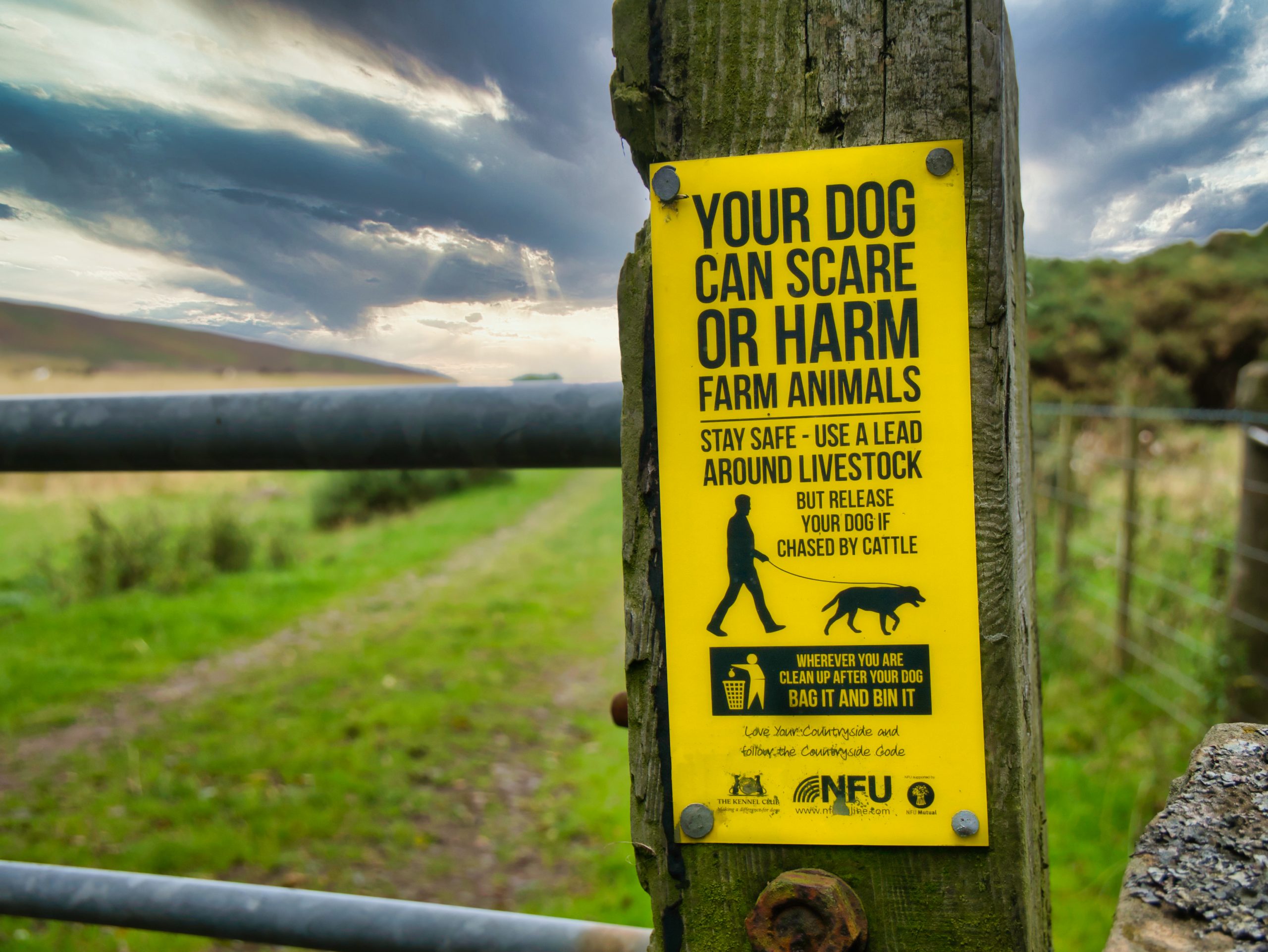
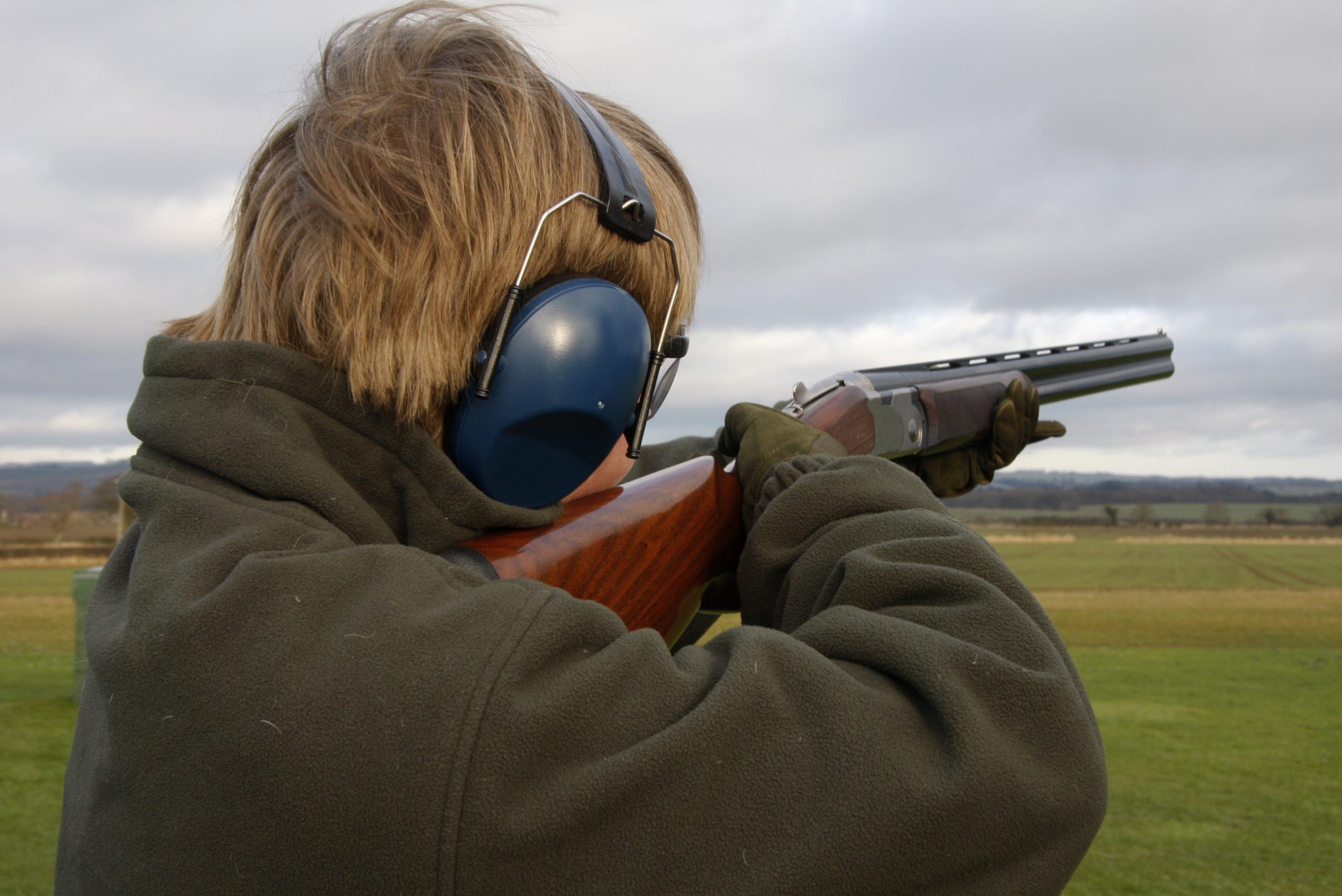
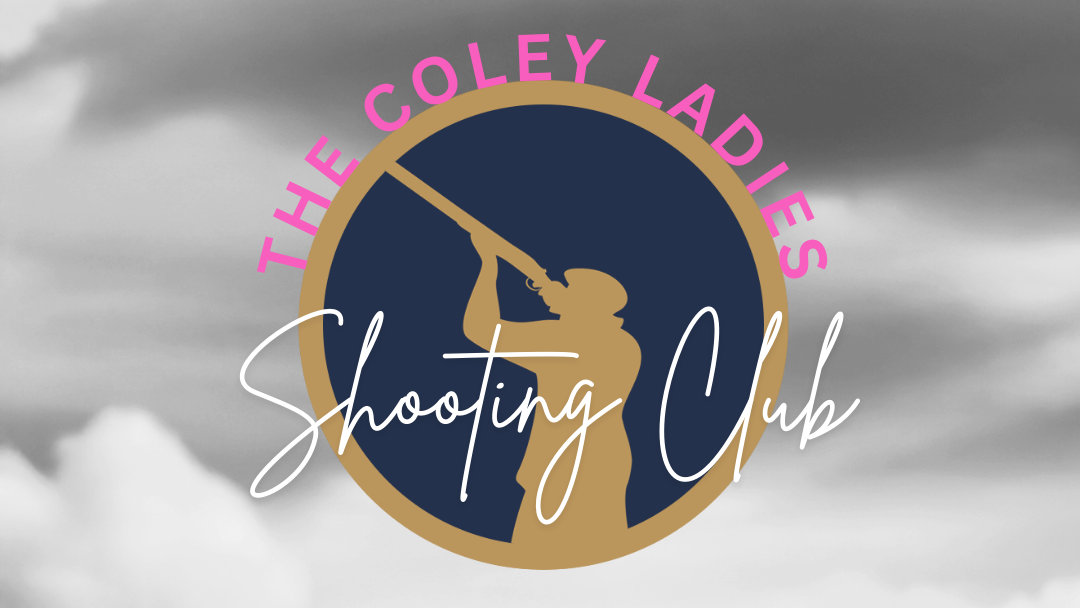
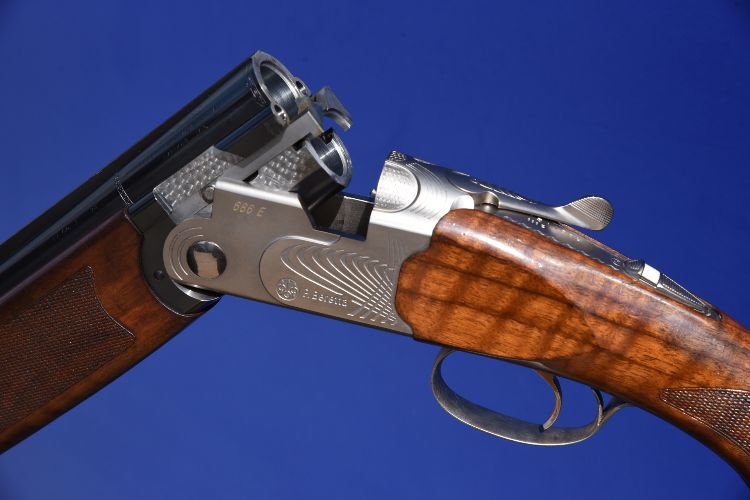 Secondhand Berettas
Secondhand Berettas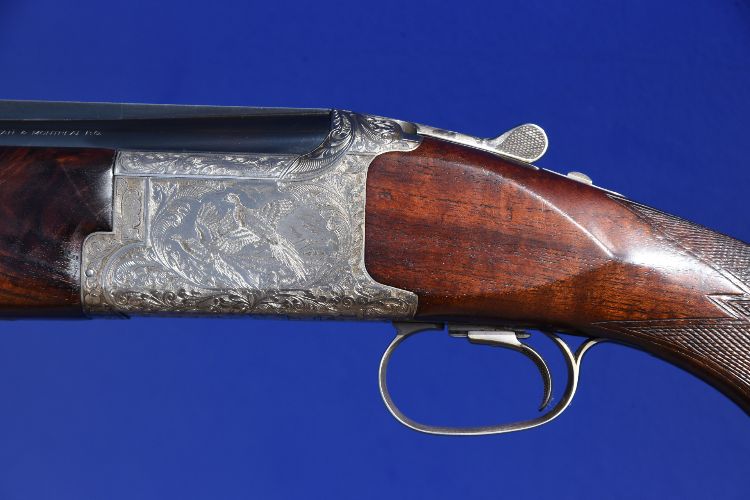 Secondhand Mirokus
Secondhand Mirokus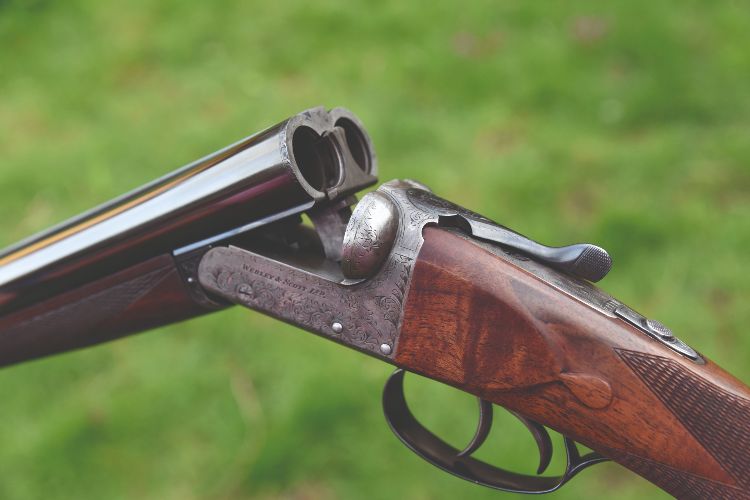 What to watch out for when buying secondhand shotguns
What to watch out for when buying secondhand shotguns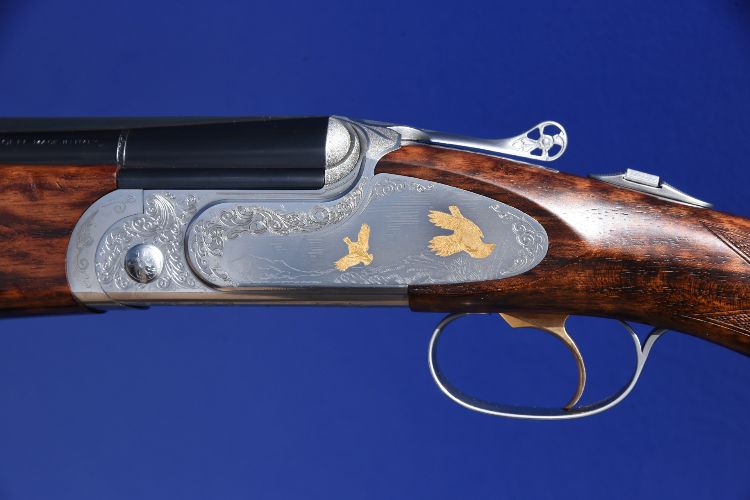 The proof
The proof